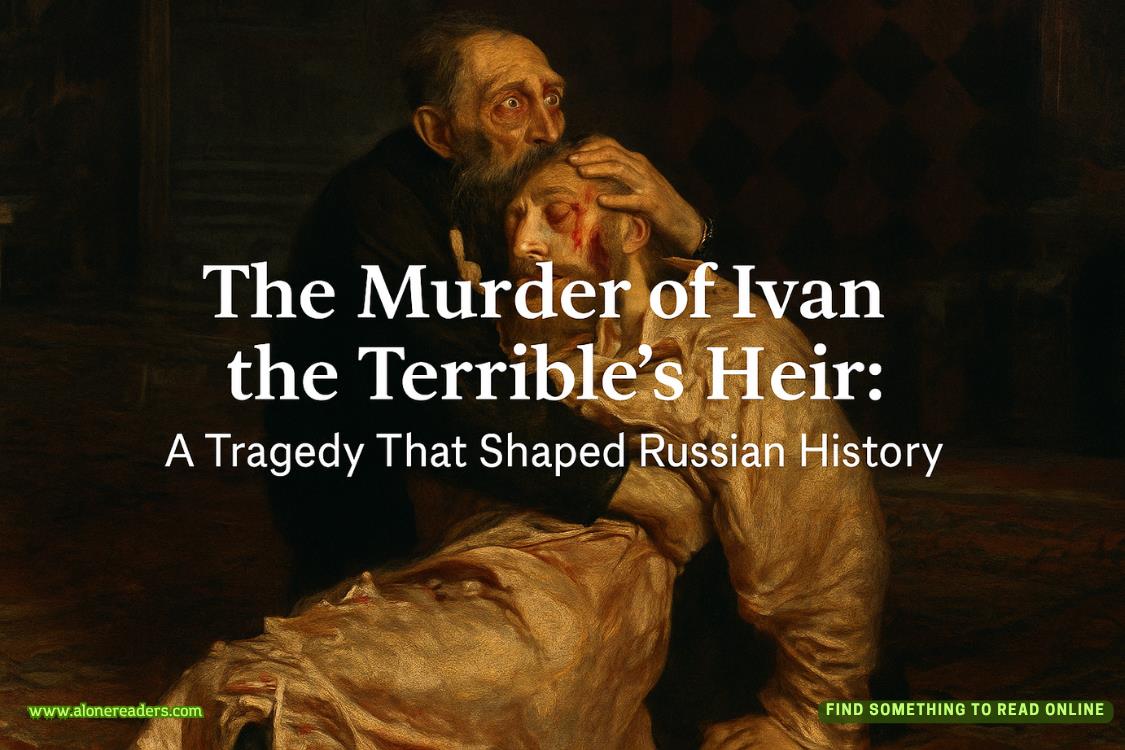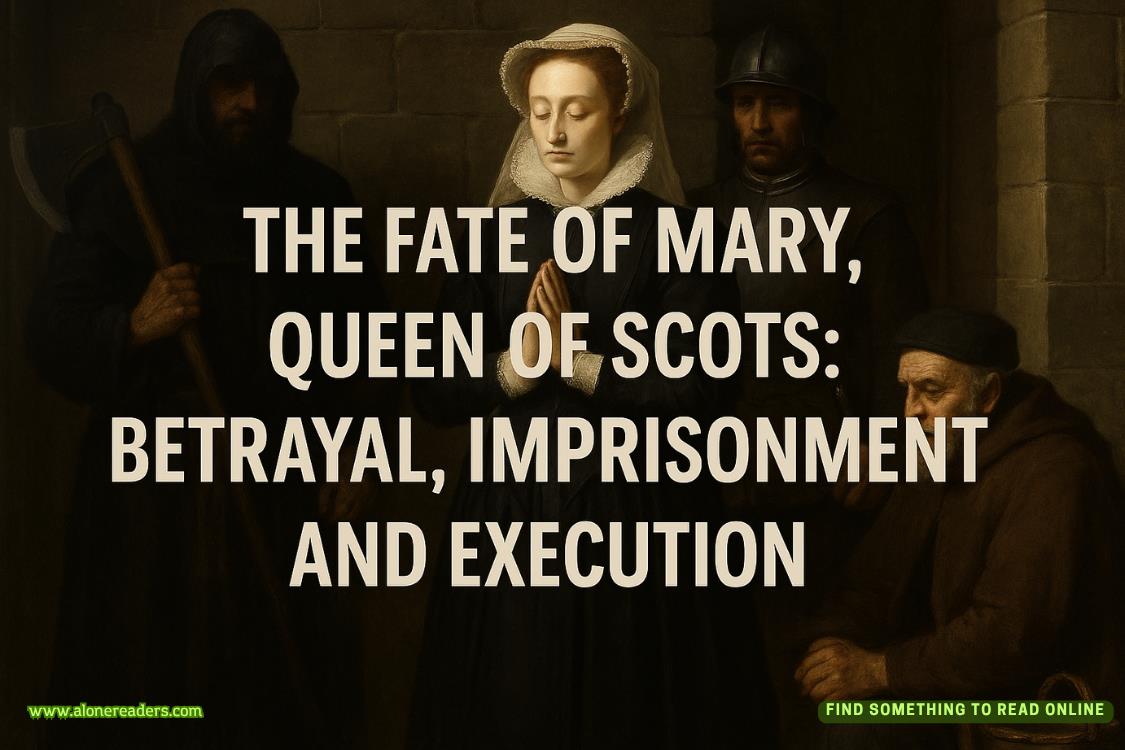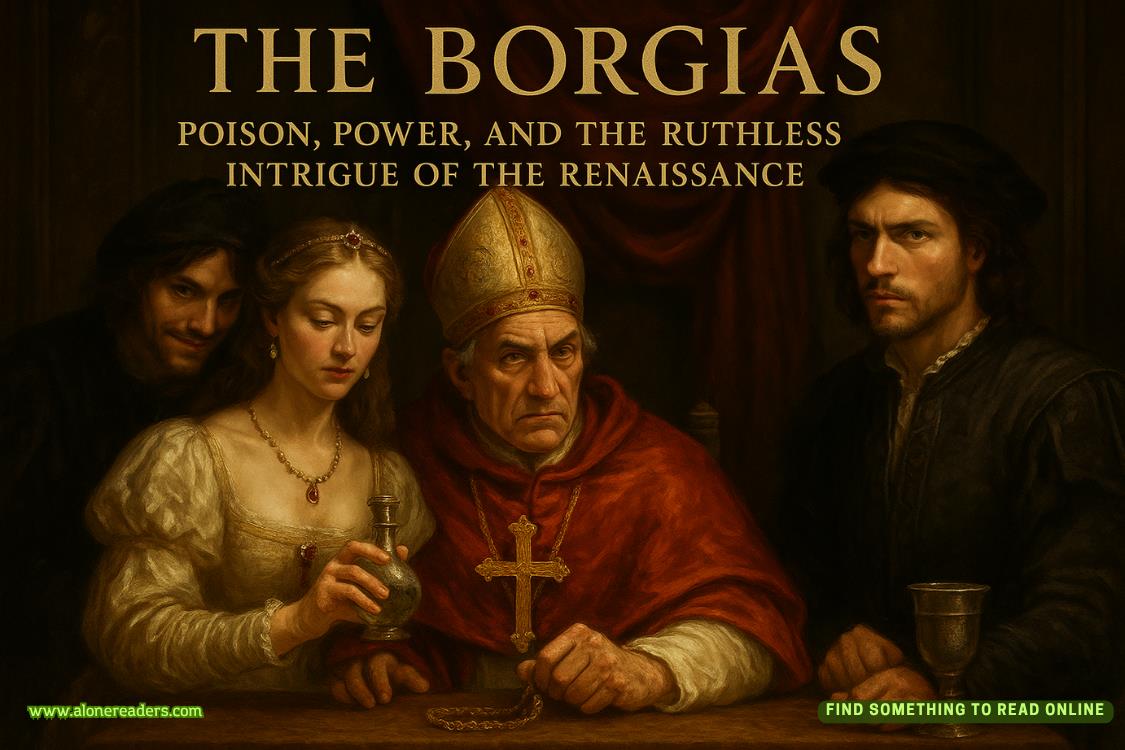Page 16 of Cry Havoc
“Damn the torpedoes!”
“Don’t give up the ship.”
“I am an American fighting man.”
Ten men with rifles and bayonets boarded. They were followed by two men in green uniforms, the red and gold epaulettes on their shoulders identifying them as officers in the North Korean military.
One walked straight to Commander Bucher and raised a pistol to his head.
CHAPTER 2
GRU Headquarters
Moscow, Russian Soviet Federative Socialist Republic
January 24, 1968
MIKHAIL LAVRINENKO COULD TELLthat Sergei Egorov was nervous. That was not uncommon. Everyone was nervous when meeting with the director of the GRU, the main intelligence directorate of the general staff of the Soviet Armed Forces. Lavrinenko knew that his appearance added to the intimidation factor of his title. Even at this later stage in life he had maintained the hairline of his youth. His black and gray hair was in a battle that had reached a stalemate, though the GRU director knew that the army of gray would soon overtake its adversary. It was inevitable. He had never considered taming the rogue nose and ear hair that protruded from those appendages at excessive lengths, nor had he once trimmed his eyebrows, which sprouted hair in varying directions. His lack of refined grooming gave him the look of a wild animal. It also helped distract from his significant girth.
In certain circles, the GRU was more feared than their neighbors in the KGB, though the KGB certainly held the distinction of having more international recognition. The GRU was the intelligence arm of the Soviet military and therefore had no direct links to its counterpart in the KGB.Two foreign intelligence services serving different masters led to a deep rivalry, with the GRU viewed as subordinate. That perceived standing did not bother Lavrinenko. It allowed the GRU the ability to maneuver in ways that the KGB could not, something that fit his current needs, though he planned to work his way back into the ranks of his former intelligence agency in due course. Perhaps the man before him could accelerate his transfer and promotion. It all depended on how this situation was handled.
Egorov had landed at Khodynka Airfield on the outskirts of Moscow earlier that morning on a flight from Schönefeld Airport in East Berlin. He was met by rough-looking Spetsnaz soldiers in ill-fitting dark suits and escorted through a special entrance that led directly from the airfield into the GRU headquarters campus, the centerpiece of which was a nine-story glass-encased tower called the Aquarium. It was bordered by a two-story structure that housed administration and support offices. An adjacent fifteen-story building that resembled a larger version of Moscow’s concrete Khrushchevka communal housing facilities was located just beyond the GRU’s gates. It housed the intelligence service’s employees and their families.
Lavrinenko wondered if his guest was aware that the Aquarium sat atop a mass grave.
Despite the significance of the GRU’s mission, its entire headquarters facility was deteriorating. The dilapidated structures stood in sharp contrast to the KGB’s Lubyanka building in central Moscow just northeast of Red Square. Lubyanka’s towering Neo-Baroque structure had once housed an insurance company and was built on the spot where Catherine the Great had headquartered her secret police. Lavrinenko thought it fitting that the building had returned to its roots following the Bolshevik Revolution. He had been proud to work in the yellow-and-red-brick building, walking underneath the hammer and sickle chiseled into the marble over the entrance each morning when he had been tasked with countering the largest and most secretive intelligence agency in the United States, the NationalSecurity Agency in Fort Meade, Maryland. He had been entrusted to stand up a new Special Section of the Eighth Chief Directorate, a cryptanalysis department specifically dedicated to penetrating the NSA. He had done so with great success.
That was before the fall.
The Soviet leadership had made a habit of demoting KGB officers they saw as competition for new leadership. Lavrinenko knew that was part of the cycle. He had seen it before. Several GRU directors had come from the KGB and its predecessor organizations dating back to the Cheka—the All-Russian Emergency Commission for Combating Counter-Revolution and Sabotage—established in 1917 in the wake of the October Revolution. Lavrinenko had worked for KBG chairman Ivan Serov from 1954 to 1958. Nikita Khrushchev had demoted Serov and banished him to head the GRU, which he did until 1963. Serov had barely escaped the firing squad when it was discovered that his protégé was spying for both the British and the Americans.
Lavrinenko would not make the same mistakes.
The GRU director studied his visitor.
Lavrinenko discerned that Egorov was forcing himself not to chew on his already gnawed fingernails. He had instead settled for picking at a bit of stray skin on the cuticle of his left thumb. In an attempt to prevent further fidgeting, the portly engineer wiped a strand of unruly thick black hair from his sweaty forehead. The bitter cold of a Russian winter was kept at bay by a centralized steam heating system that, when it worked, made the Aquarium uncomfortably hot. He pushed his horn-rimmed glasses back into position on the bridge of his nose and squirmed in his uncomfortable chair. Lavrinenko knew the engineer was wondering why he had been so abruptly summoned to Moscow. Such summonses had a history of not ending well in Soviet Russia.
Egorov’s eyes were drawn to the huge window at Lavrinenko’s back, a window through which one could see the airfield, its thick concretewall, a maze of barbed wire, and the GRU’s infamous crematorium. A conspicuous square chimney extended from its black asphalt roof. Today a light gray smoke billowed from it toward the heavens.
“Do not worry, Comrade Egorov,” Lavrinenko said. “Only sensitive papers are being burned today. Humans make a darker, oilier smoke.”
Every member of the GRU knew that they would one day leave the intelligence service through that chimney. All hoped it would be in a casket when they were old and gray, decades removed from the secret world. Each of them also knew there was another way to go. They had been required to view a film while in training, a black-and-white video of a man bound to a stretcher with wire, forced to watch caskets of better, loyal men fed into the furnace on guide rails. There was no sound in the video, which somehow made it all the more disconcerting for GRU recruits; the bound man screams, eyes wide with madness, drenched in sweat, the veins on his face and neck bulging to the point of bursting as he tries desperately to break free. The man is in a suit and the implication is clear—betray the GRU at your own peril. The recruits watch as men in gray or silver—it is hard to tell in the video—heat-resistant insulated suits pick up the stretcher, set it on the rails, and slowly insert the man into the flames. His shoes catch fire first, the hungry furnace devouring him at an excruciating slow pace. He can be seen writhing in agony as he is consumed by fire. His head and hair are the last things to combust before the furnace doors close. No GRU recruit ever forgets. The chimney and smoke of the crematorium at GRU headquarters are an ever-present reminder of the cost of betrayal.
It was not unintentional that Lavrinenko’s office window offered the best view of the crematorium in the Aquarium. All who stepped through his office doors were on notice.
Tracking down the GRU’s best cryptologist in the electronic communications department had fallen to his deputy director, Anatoly Penkovsky. He had found Egorov in East Berlin.
Lavrinenko turned his head to his second in command, who sat in anoverstuffed leather chair to the right. Thin and pale to the point of looking sickly, Penkovsky stood and handed the young engineer a file stamped in red with SPECIAL FOLDER: PARTICULARLY IMPORTANT, the highest Soviet classification. He then retook his seat without a word.
Penkovsky never said much during meetings. His primary job was to make people uneasy. In his tweed jacket and off-white shirt, he looked more like a downtrodden professor than an intelligence officer, though as many had learned, he was to be underestimated at one’s own peril. He was the director’s eyes and ears, a consummate strategist who listened and took copious notes, thoroughly documenting every issue and decision. Oftentimes people in the chair opposite Lavrinenko’s desk would look to the professor for help, help that would not come. If Lavrinenko were to return to the KGB he would need a worthy replacement. Penkovsky was being groomed.
Like Lavrinenko, Penkovsky was a bachelor, though for different reasons than his boss. Lavrinenko had recently moved on from his fourth wife. To him, wives were temporary. Penkovsky’s wife had left him following the death of their child, a boy stricken with tuberculosis. That had been fifteen years ago. Neither man had once brought it up. Lavrinenko had learned about it from his subordinate’s file.
Lavrinenko dug into a glass jar of nearly room temperature black caviar with a mother-of-pearl spoon and shoveled it into his waiting mouth while Egorov flipped through the classified file. The director had picked up his caviar habit during the Nazi blockade of Leningrad, when it was sold in bulk, back before it had become an expensive delicacy. Exports of the popular black gold in the prewar years had allowed the Soviet Union to industrialize at an exponential pace. Rich in vitamins, minerals, fats, and proteins, the salted fish eggs were quickly added to military provisions at the outset of the war, though the tin rations were reserved for pilots and submariners. They were not wasted on the human fodder thrown against the Germans in a war of attrition in what the West called the Eastern Front. It intrigued the director that the wild sturgeon roe had a role in the Sovietvictory of the Great Patriotic War, that something so small and delicate could have such historical impact. Like any good Russian, Lavrinenko washed it down with vodka.
Aside from his breakfast and dinner, which he took at his flat, Lavrinenko rarely left his desk at GRU headquarters. Instead, he preferred to summon subordinates to his office while sustaining himself on an incessant diet of Ðerdap Fishery Kladovo caviar from eastern Serbia and his favored Stolichnaya vodka.
Kladovo caviar had a history dating back to the 1600s. There was none better. It was rumored to have been the caviar selected for the RMSTitanic’s maiden voyage, though that did not end well. Kladovo came from sturgeon that lived the majority of their lives in the Black Sea. At reproductive age they would journey from the salt water of the sea to the fresh waters of the Upper Danube, which offered ideal spawning conditions. The long migration allowed their eggs to reach the final stage of embryonic development. By that stage of the journey, the eggs contained all the nutrients needed for survival of the pending hatch. Roe harvested too early lacked those nutrients. Producing the highest quality roe required patience.















